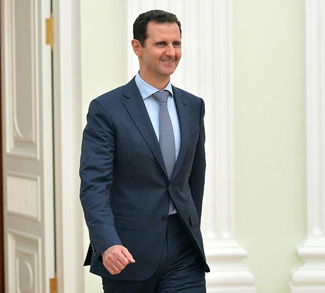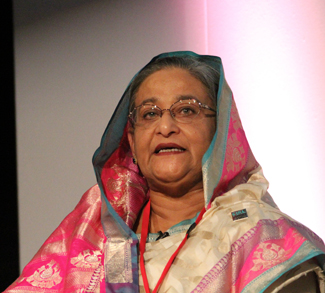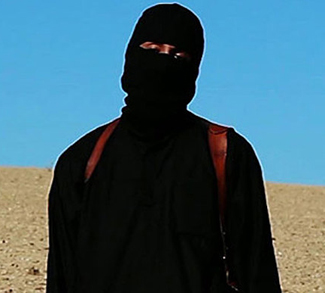Summary
Fueled by the growing civilian carnage, worldwide protests by Tamil emigrant groups and sympathizers are echoing calls by the UN and international aid organizations to restore the Norwegian-brokered ceasefire unilaterally violated by the Sri Lankan government in its campaign against the Tamil Tigers. Yet the world’s political powers remain unmoved, and the Sri Lankan government has vowed to press on towards imminent victory.
Analysis
The Sri Lankan military is primed to deal the final blow to the Tamil Tigers separatist militant group, effectively ending a 25-year old civil war, one of the longest such conflicts in the world today.
The Sri Lankan military has overrun most of the rebel-held territory in northern Sri Lanka, leaving a tiny sliver along the northeastern tip in the hands of the Tamil Tigers’ de facto shadow government. The Sri Lankan military has also captured the last rebel naval base at Chalai, and with the announcement of the destruction of two rebel boats today, the Tamil Tigers, already lacking an effective air force, may have lost all naval capacity as well, leaving the rebel forces besieged in their quickly shrinking territory.
A major blow was dealt to the Tamil Tigers on January 2nd following the Sri Lankan military’s capture of the rebels’ de facto headquarters, Kilinochchi, followed shortly thereafter by the capture of the critically important ‘Elephant Pass’ that allowed the Sri Lankan military to encircle and besiege the rebel territory. Since then, the onslaught of the Sri Lankan military has been relentless, including the capture of the supreme rebel commander Velupillai Prabhakaran’s personal bunker (although Velupillai remains at large).
Nonetheless, the final push by the Sri Lankan military continues to cause untold misery in the innocent civilian population inhabiting the area. Today, the Sri Lankan military announced that 15,000 civilians have become internally displaced refugees in the last three days alone – a fraction of the more than 250,000 civilians reported to be living in the battlefield.
Nor has the Sri Lankan military advance been without controversy. The United Nations has confirmed reports that Sri Lanka’s national army has used weapons of indiscriminate destruction: illegal cluster bombs fired upon the last functioning hospital in rebel-held territory. Even conventional weapons have allegedly been used illegally – a single hospital was reportedly fired upon for 2 days straight, killing 11 people.
Yet, despite the sporadic information leaking out of the war zone – 52 civilians killed and 80 injured in one day this past Tuesday – the full accounting of the carnage is impossible to verify. Last year, Sri Lanka banned all aid organizations and foreign journalists from the rebel area as it prepared to launch this final offensive.
On Thursday, expecting the imminent fall of the rebel mini-state, the Prime Minister of Sri Lanka offered amnesty to all surrendering Tamil Tigers.
With the collapse of the Tamil rebel state, it remains to be seen if the Tamil Tigers’ assassination programme, a favourite amongst urban guerrilla militants yet proven horribly effective against the Sri Lankan government, can maintain an insurgency recently divorced from its only territorial base.
Either the expected Sri Lankan military victory will end the civil war, or merely transform it from a territorial rebellion into a non-territorial insurgency.
Background
The Sri Lankan civil war erupted in 1983 after ethnic minority Tamils, citing ethnic and religious discrimination, launched a militant campaign for independence in the Tamil region of northern Sri Lanka. That campaign has cost the lives of a former President of Sri Lanka and a former Prime Minister of India. Approximately a further 70,000 Sri Lankans have been killed since the Sri Lankan civil war erupted in 1983.
Manjit Singh is a contributor to Geopoliticalmonitor.com



